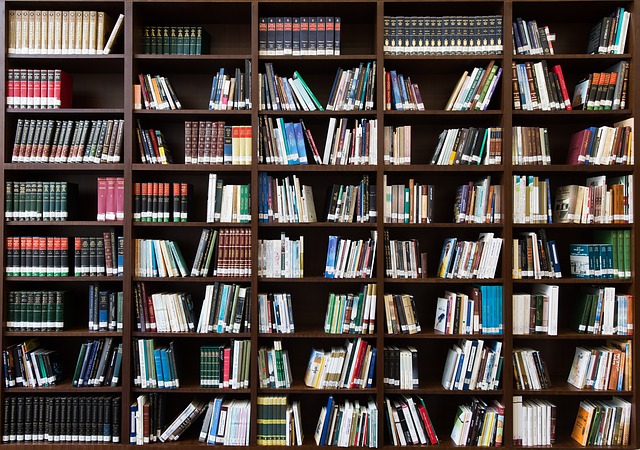Culture
Culture is a society or community’s acquired body of knowledge, a multi-faceted phenomenon that is the product of civilisation and considered central to the study of anthropology. It comprises entities that are primarily associated with the arts and social sciences but can also include science, technology and other concepts such as:
- Customs and ways of doing things
- Social conventions
- Language
- Laws
- Literature
- Arts and crafts
- Architecture
- Music
- Dance
- Philosophy
- Religion
- Military
- Cuisine
- Technological prowess
- Beliefs.
- Attitudes to sex
- Economic
- Business
Many of the above are a posteriori concepts – acquired through learning and experience. Different cultures associated with different races may embody all of the above or just have developed prowess in a few: one society may not be religious while another may see it as a core cultural component. One society or community may have evolved into a highly complex one with heightened cultural awareness which may be differentiated from another that is a less complex society.
Ethnic groups frequently use their cultures as a way to differentiate themselves by highlighting a distinguishing aspect such as musical development, conventions of dance, literary achievements or technological advancement.
The growth of culture is a slow process that develops as society progresses, from primeval beginnings to what is regarded today as ‘advanced’ culture. As societies progress, their cultures become enlarged and enriched.
Cultural interaction is a phenomenon of globalisation and the modern world generally, given the plethora of communication technologies through which global communities can interact with each other. Culture feeds off culture: one society may adapt to its own liking the habits and techniques of another culture thereby creating new cultural possibilities.
Cultures can also spawn subcultures. These arise when a group of people within a culture create a variation to differentiate themselves from their parent culture and which may be regarded as subversive by the other members of the society.
Subcultures typically have their own rules regarding values, honour, sex, work etc and can be associated with young people who wish to rebel against society. They differ from countercultures whose values are often substantially different to mainstream society.
A cultured person is usually one who has achieved a well-rounded level of knowledge in either the arts or sciences or both, and may be au fait with current affairs.
The term 'culture' can also be used in a local setting. For example, the 'culture' at a company may allow relaxed dress codes.
[edit] Related articles on Designing Buildings
Featured articles and news
Amendment to the GB Energy Bill welcomed by ECA
Move prevents nationally-owned energy company from investing in solar panels produced by modern slavery.
Gregor Harvie argues that AI is state-sanctioned theft of IP.
Heat pumps, vehicle chargers and heating appliances must be sold with smart functionality.
Experimental AI housing target help for councils
Experimental AI could help councils meet housing targets by digitising records.
New-style degrees set for reformed ARB accreditation
Following the ARB Tomorrow's Architects competency outcomes for Architects.
BSRIA Occupant Wellbeing survey BOW
Occupant satisfaction and wellbeing tool inc. physical environment, indoor facilities, functionality and accessibility.
Preserving, waterproofing and decorating buildings.
Many resources for visitors aswell as new features for members.
Using technology to empower communities
The Community data platform; capturing the DNA of a place and fostering participation, for better design.
Heat pump and wind turbine sound calculations for PDRs
MCS publish updated sound calculation standards for permitted development installations.
Homes England creates largest housing-led site in the North
Successful, 34 hectare land acquisition with the residential allocation now completed.
Scottish apprenticeship training proposals
General support although better accountability and transparency is sought.
The history of building regulations
A story of belated action in response to crisis.
Moisture, fire safety and emerging trends in living walls
How wet is your wall?
Current policy explained and newly published consultation by the UK and Welsh Governments.
British architecture 1919–39. Book review.
Conservation of listed prefabs in Moseley.
Energy industry calls for urgent reform.

























